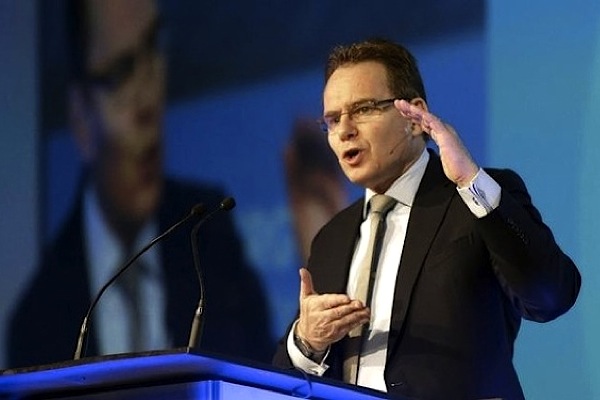
Profit may be low, but it’s still a profit —it fell to an almost 13-year low of $1.9 billion after BHP took write-downs in copper and shale gas.
You know things are worse than what you thought when the world’s largest mining company reports an 86% fall in profit. BHP Billiton (ASX:BHP) (LON:BLT) contributed to the general pessimism in the sector Tuesday by posting its worst underlying profit in a decade, due to plunging iron ore, copper, coal and oil prices.
The mining giant said underlying profit fell to $6.4 billion for the 12 months to June 30 — below analysts’ forecasts of $7.7bn and less than half last year’s profit of $13.3 billion.
On a statutory basis, pre-tax profit fell around 62% to $8.7bn. The company also warned it would cut capital expenditure even further in the 2016 financial year to $8.5bn — down from previous guidance of $9bn — and to $7bn in 2017.
About $350 million of that will be spent on continuing to construct a shaft at the Jansen potash project in Canada this year, which chief executive Andrew Mackenzie reiterated was a very long-term project.
Despite the profit drop, BHP said it was committed to a progressive dividend policy, and announced a final dividend of 124 cents, up 2% year-on-year.
“Our commitment to our progressive dividend is resolute,” Mackenzie said in a webcast. “It has withstood many previous cycles and is a key differentiator relative to our peers.”
BHP, the last of the big five global miners to report results, also said it had achieved $4.1bn in cost cuts, two years ahead schedule, as it looked to protect its investment grade rating.

* Presented on a total operations basis. Unit costs are calculated using Group copper equivalent production based on FY13 average realized prices. (Source: BHP results presentation)
Mackenzie said prices would remain volatile owing to economic reforms on China. As a result, his firm lowered its forecast for peak Chinese steel demand in the mid-2020s.
The company’s shares jumped 8% in early London trade, recovering partly from the previous session, when commodity stocks globally collapsed on fears of a hard landing for the Chinese economy.